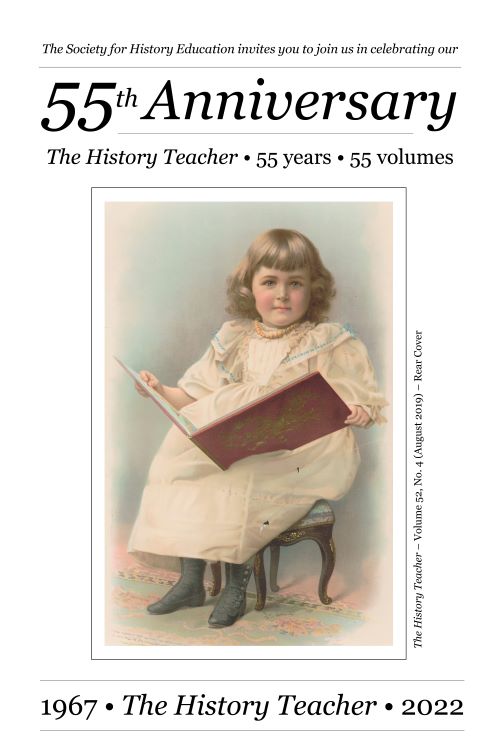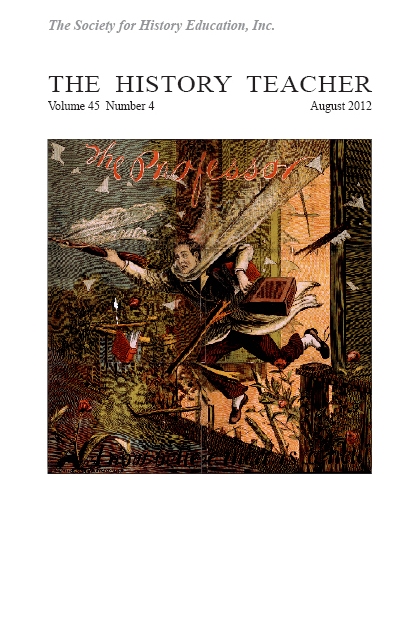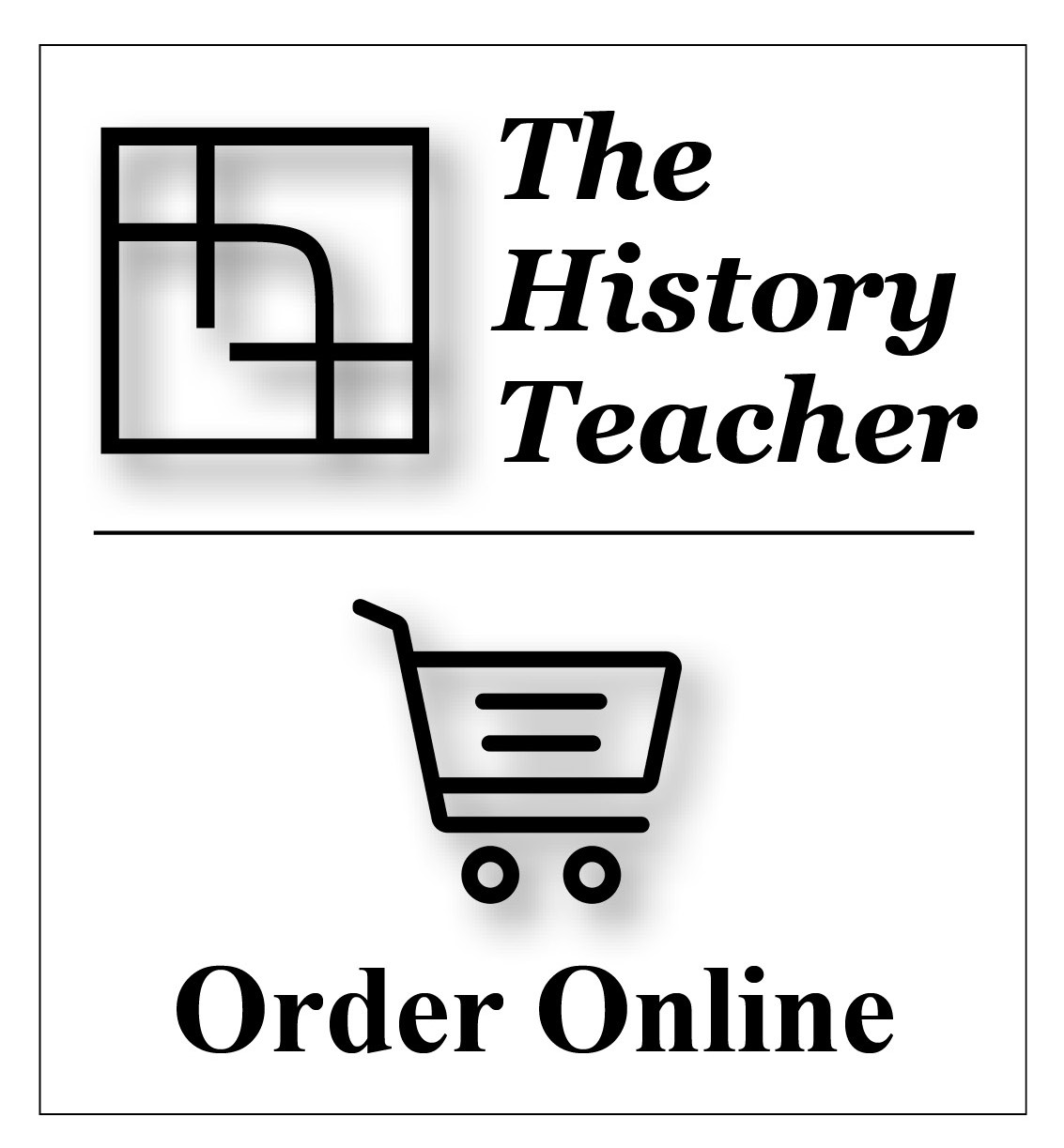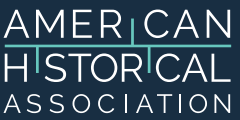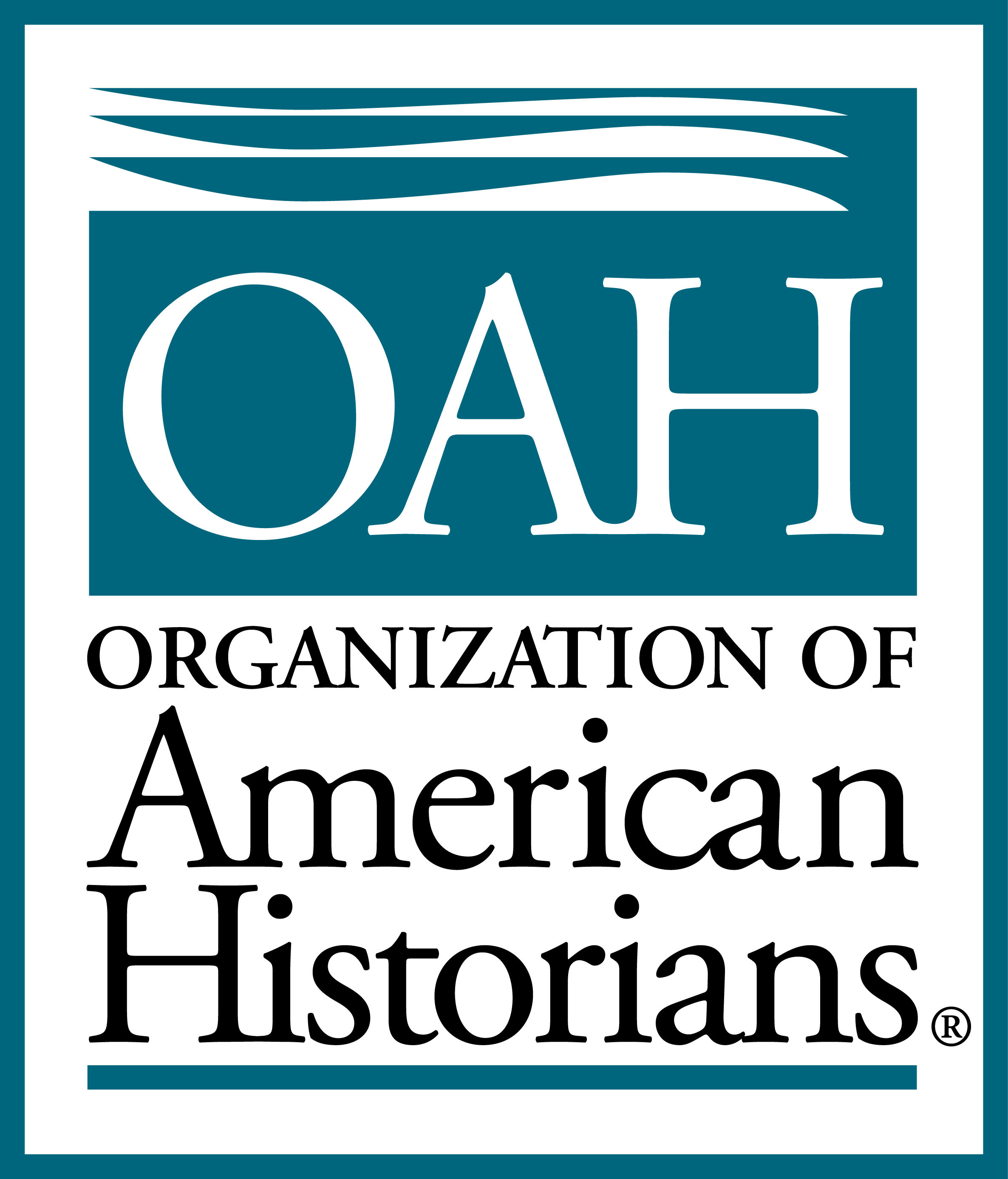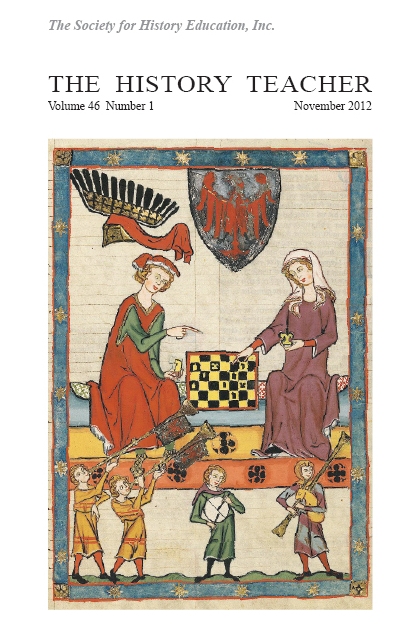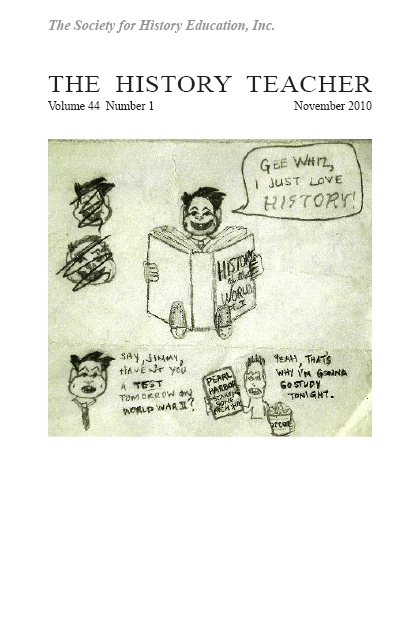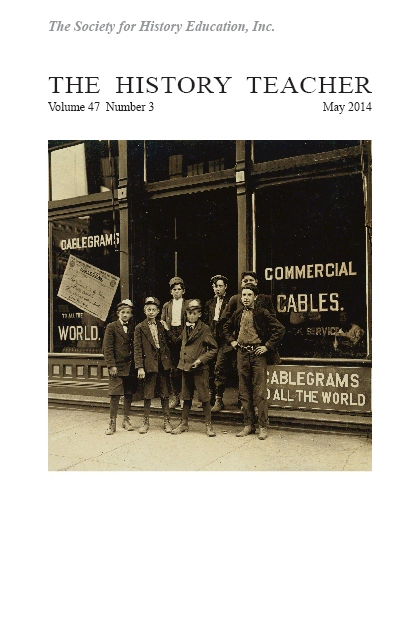The History Teacher
Volume 45, No. 4
August 2012
Front Matter | Back Matter
THE CRAFT OF TEACHING
Historical Thinking and Preservice Teacher Preparation
by Tim Keirn and Daisy Martin
(pp. 489-492)
Programmatic Innovation in Preservice History Teacher Education
Subject Matter Counts: The Pre-Service Teaching and Learning of Historical Thinking
by Tim Keirn and Eileen Luhr
(pp. 493-511)
Using Disciplinary Literacy to Develop Coherence in History Teacher Education: The Clinical Rounds Project
by Robert B. Bain
(pp. 513-532)
Historical Thinking and the Teaching Methods Course
Seeing Through the Eyes of a History Teacher
by Laura M. Westhoff
(pp. 533-548)
Hooked on Inquiry: History Labs in the Methods Course
by Linda Sargent Wood
(pp. 549-567)
Historiography in the Methods Course: Training Preservice History Teachers to Evaluate Local Historical Commemorations
by Michael G. Lovorn
(pp. 569-579)
Using Core Historical Thinking Concepts in an Elementary History Methods Course
by Daisy Martin
(pp. 581-602)
Assessment in Preservice History Teacher Preparation
"Can You Make 'Historiography' Sound More Friendly?": Towards the Construction of a Reliable and Validated History Teaching Observation Instrument
by Daisy Martin
(pp. 603-612)
Promoting Global Perspective and Raising the Visibility of Asia in World History: An Assignment for Pre-Service Teachers
by Tim Keirn, Eileen Luhr, Miguel Escobar, and Manoj Choudhary
(pp. 613-630)
REVIEWS
Full Reviews Section
(pp. 631-640)
Burton, Antoinette. A Primer for Teaching World History: Ten Design Principles
by Dean T. Ferguson
Chazelle, Celia, Simon Doubleday, Felice Lifshitz, and Amy G. Remensnyder, eds. Why the Middle Ages Matter: Medieval Light on Modern Injustice
by Gregory S. Beirich
Hunt, Michael H. and Steven I. Levine. Arc of Empire: America's Wars in Asia from the Philippines to Vietnam
by Robert Entenmann
Kirkendall, Richard S., ed. The Organization of American Historians and the Writing and Teaching of American History
by David S. Bovée
Lesh, Bruce. "Why Won't You Just Tell Us the Answer?": Teaching Historical Thinking in Grades 7-12
by Sara Brooks Sundberg
Palmer, James. Heaven Cracks, Earth Shakes: The Tangshan Earthquake and the Death of Mao's China
by Daniel Leese
Roupp, Heidi, ed. Teaching World History in the Twenty-first Century: A Resource Book
by Deborah Wing-Leonard
Wineburg, Sam, Daisy Martin, and Chauncey Monte-Sano. Reading Like a Historian: Teaching Literacy in Middle and High School History Classrooms
by Dave Neumann
SPECIAL SECTION
Index to Volume 45
(pp. 641-648)
IN EVERY ISSUE
487 Contributors to The History Teacher
649 Questionnaire for Potential Reviewers
650 Membership/Subscription Information
652 Submission Guidelines for The History Teacher
ADVERTISERS IN THIS ISSUE
512 Duke University Press: The Essential Teaching Guide
568 Organization for American History: Become an OAH Member Today
580 Association for Asian Studies: Teach About Asia, Learn About Asia
Cover 4 Stenhouse Publishers: "Why Won't You Just Tell Us the Answer?"
CONTRIBUTORS
Robert "Bob" Bain is an Associate Professor with a joint appointment in the School of Education and the Department of History at the University of Michigan, and the Chair of the Secondary Teacher Education Program. A former high school history teacher (26 years), Bain's research focuses on teaching and learning history across multiple sites, including classrooms, museums, and online. He is currently primary investigator on the Big History Project, www.bighistoryproject.com.
Manoj Choudhary teaches seventh-grade world history and seventh- and eighth-grade debate at Chandler School in Pasadena, California. He holds a B.A. in Political Science from Loyola Marymount University (1998), an M.A. in Computer Forensics from The George Washington University (2000), and credentials in Social Science Education and Industrial and Technology Education from California State University, Long Beach (2011). Prior to his appointment at Chandler School, Choudhary taught at Ross Middle School (technology, world history, and U.S. history) and Hawthorne High School (world history and U.S. history).
Stephen Cotton is a research assistant and professional development consultant on the "My History Partner" Teaching American History Grant project at the University of Virginia. He provides individualized coaching to help teachers improve the quality of the teacher-student interactions in their classrooms. He is also a certified history and social studies teacher, with sixteen years of teaching experience in the U.S., the Middle East, and Asia.
Miguel Escobar graduated from California State University, Long Beach (CSULB) in 2008 with a B.A. in History and recently received a single subject teaching credential in Social Science from CSULB. He currently runs an afterschool music enrichment program for a low-income, Los Angeles-area elementary school and is pursuing a career in high school social science education.
David Hicks is an Associate Professor of History and Social Science Education in the School of Education at Virginia Tech. David taught middle school and high school social studies and served as a museum curator/educator before completing his Ph.D. He has served as co-principal investigator on a Library of Congress Teaching with Primary Sources grant, the NEH-funded Digital History Reader, and Teaching American History grants with school divisions in Virginia.
Tim Keirn holds a joint appointment in History and the College of Education at California State University, Long Beach. He is the Program Coordinator of the Social Science Credential Program that is housed in the History Department at CSULB. He has published articles and essays on eighteenth-century British and world history as well as in history education. His most recent publication (co-edited with Norbert Schürer) is British Encounters with India, 1750-1830: A Sourcebook (Palgrave Macmillan, 2011).
Michael G. Lovorn is an Assistant Professor of Secondary History/Social Studies at The University of Alabama. He has more than a decade of experience teaching in public school classrooms. His research interests are best practices in history and social studies, international learning environments, and humor in the classroom.
Eileen Luhr is author of the monograph, Witnessing Suburbia (University of California Press, 2009), which explores the intersection of conservatism, religion, and suburbanization. Her research and teaching interests include cultural and religious history, modern United States history, and history pedagogy. At California State University, Long Beach (CSULB), Professor Luhr serves as the advisor for the Social Science Credential Program. She has also collaborated with current teachers through professional development programs developed by the CSULB History Project.
Daisy Martin is the Director of History Education for teachinghistory.org at the Roy Rosenzweig Center for History and New Media, George Mason University. She received her Ph.D. from Stanford University in Curriculum and Teacher Education in History/ Social Science. She has worked in teacher education for fifteen years and currently teaches courses in the STEP Elementary Program and the University of California, Santa Cruz Secondary Program.
Stephanie van Hover is an Associate Professor of Social Studies Education at the Curry School of Education at the University of Virginia. A former middle school and high school teacher, she is the faculty advisor for the Secondary Social Studies Teacher Education Program. Her research interests include teaching and learning history and the professional development of teachers.
Laura M. Westhoff is an Associate Professor of History and Education at the University of Missouri-St. Louis. She is currently writing a book on twentieth-century democracy, titled Educating for Activism. Her first book, A Fatal Drifting Apart: Democratic Social Knowledge and Chicago Reform (2007), was published by The Ohio State University Press. She has published articles in the Journal of American History, Women's History Review, International Journal of Social Education, and History of Education Quarterly.
Linda Sargent Wood is an Associate Professor of History at Northern Arizona University and Director of History/Social Studies Education. In 2010, she published A More Perfect Union: Holistic Worldviews and the Transformation of American Culture after World War II (Oxford University Press). Currently, she is writing a book on Montana's contribution to the disability rights movement. She is the project director for the Northern Arizona History Academy Teaching American History grant and enjoys working with preservice and inservice teachers.
|
